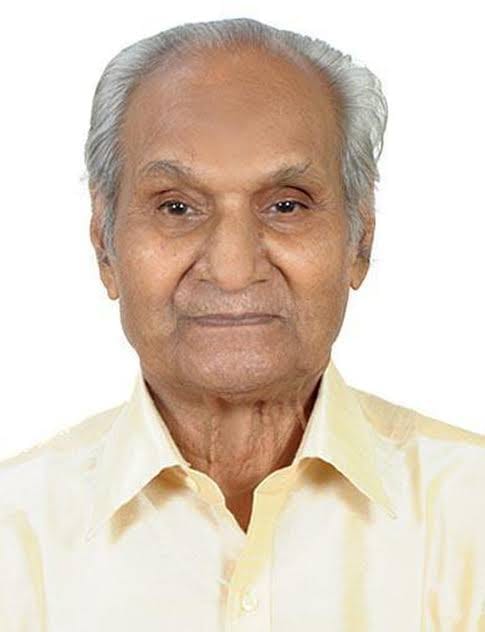PKG Nambiar’s passion for language and education, and his polyglot talents, made Kudiyattam accessible to the public at large .
PKG Nambiar, the celebrated Kutiyattam artist known for his unparalleled contribution to the ancient Sanskrit theatre, passed away at the age of 93, marking the end of an era. Nambiar, born into a traditional family of Kudiyattam artistes, was the son of the legendary Kutiyattam maestro Mani Madhava Chakyar, and played an instrumental role in bringing Kutiyattam beyond the borders of Kerala and closer to North India and elsewhere.
Nambiar’s strong passion for vachikabhinaya, or verbal acting, was evident in his overwhelming debut Padhakam performance, which he presented at the Avittathur Temple near Irinjalakuda in Thrissur. This spectacular performance enabled the young Padinjare Kochampilly madham Govindan Nambiar, who later became well-known as PKG Nambiar, to soar to dizzying heights in the art form and win accolades from across the country.
PKG’s passion was not limited to his art. During the freedom movement, he studied Hindi with great zeal and also mastered Prakrit, Urdu, and English. As a Hindi teacher, he served for 36 years at NSS High school, Ottappalam.
Taking Kudiyattam beyond Kerala
A polyglot, Nambiar’s Hindi adaptation of the Vidooshaka verbiage took the enchantment of Kutiyattam to many parts of India, creating the first awareness of the rich heritage of the art form in the higher echelons of art. This ultimately brought recognition from UNESCO as the ‘Oral and Intangible Heritage of Humanity.’ Nambiar’s Chakyar Koothu expositions were suffused with humor as well as humanitarian messages, serving the three forms of Kudiyattam, Chakyar Koothu, and Padhakam with equal capability.
PKG’s talents were not limited to the stage. He was employed by the Song and Drama Division to convey messages related to removing the curse of untouchability, promoting family welfare, fostering national integration, and encouraging prohibition. PKG also authored a few Prabandhas, including Prahlada Charitram, Bhattarakavijayam, and Shakuntalam. He translated his father’s Natyakalpadruma from Malayalam to Hindi and wrote a book on Vidooshaka in Hindi, which was published by the Sangeet Natak Akademi.
His renderings in Hindi across the country made Kudiyattam accessible to the public at large, and he even wrote a book in Malayalam, “Vidooshaka Kudiyattatile Narma Sachivan,” which contains detailed descriptions of various rituals conducted during the play and the order of performance.
Nambiar’s subtle differences in the roles of Vidooshaka in plays like Naganandanam, Mantrankam, Swapnavasavadattam, and Subhadradhananjayam were brought out in a succinct manner, which was highly appreciated by the audience. His contribution in spreading the knowledge of this ancient art form and the richness of the culture it represents was immense.
Mani Madhava Chakyar’s pioneering efforts to bring Kudiyattam out of temples and onto stages in villages, towns, and cities faced much criticism. However, his determination to make the art form known to the public, coupled with PKG’s mastery of Hindi, proved to be a great boon for the art and its enthusiasts. During their performance at Benares Hindu University, PKG’s chaste Hindi delivery in the role of Vidooshaka impressed Vice Chancellor Bhagavaty, who remarked that people from Benaras might soon have to come south to learn such Hindi. PKG Nambiar’s contributions to Kudiyattam were eventually recognized with honors and awards, including the Kerala Sangeetha Nataka Akademi award.
PKG Nambiar’s creativity and enthusiasm never waned, even in his old age. Two years ago, he scripted a one-act play called Chyavana Sukanyangam based on the Mahabhagavatam, which has yet to be staged.
PKG Nambiar’s legacy as a master of the Kudiyattam art form and a polyglot who dedicated his life to language and education will be remembered for generations to come.

